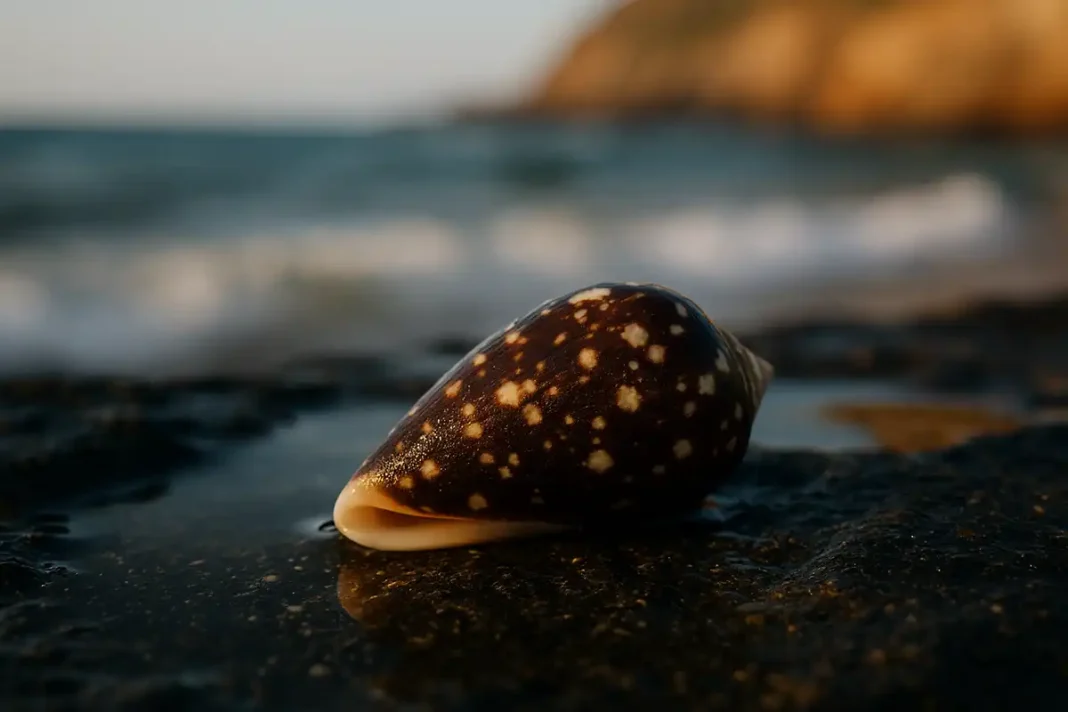News in brief — October 2025
- IUCN has listed the Cape Verde cone snail (Conus lugubris) as Extinct (EX) in its latest global Red List update released at the World Conservation Congress in Abu Dhabi. IUCN
- Endemic to the north shore of São Vicente, Cape Verde; last seen alive in 1987. Researchers link its loss to coastal development destroying its narrow habitat. senckenberg.de
- Cape Verde’s cone snails are a global hotspot of endemism (over 50 of 56 species occur only there), making shoreline protection pivotal. ScienceDirect
Epitaph for the Cape Verde Cone
Little spiral of night,
you drank the sea through a needle of light,
hunter in the tide’s hem.
A harbor grew where your shadow fed,
cement and glare replacing surge and stones.
We called it progress; your silence kept the bill.
Now the reef remembers in whispers—
a salt syllable, lugubris,
rolling back and back with the swell.
Contextual background
Conus lugubris was a tiny, peanut-sized marine snail known only from the north shore of São Vicente in the Cape Verde archipelago. It lived among wave-washed rocks in a postage-stamp range that left it exceptionally vulnerable to local change. No live animal has been recorded since 1987, despite targeted annual searches; in October 2025 the IUCN Red List formally classified it Extinct, with habitat loss from coastal development cited as the decisive factor.
The loss lands in a place famous among malacologists: Cape Verde harbors one of the world’s richest radiations of cone snails, with ~53 of 56 species found nowhere else. Endemism so concentrated means any hardening of shorelines, quarrying, port works, or pollution can erase entire evolutionary lineages in a single cove.
Cone snails are predatory and venomous, using a harpoon-like tooth to inject potent conotoxins into prey (worms, small fish, or other mollusks). While dramatic, that biology is also fragile: it depends on intact microhabitats and clean, structured shores. Protecting the remaining Cape Verde Conus species now requires strict coastal planning, safeguarding rocky intertidal zones, and long-term monitoring before rarity slips into rumor.
SOURCES
